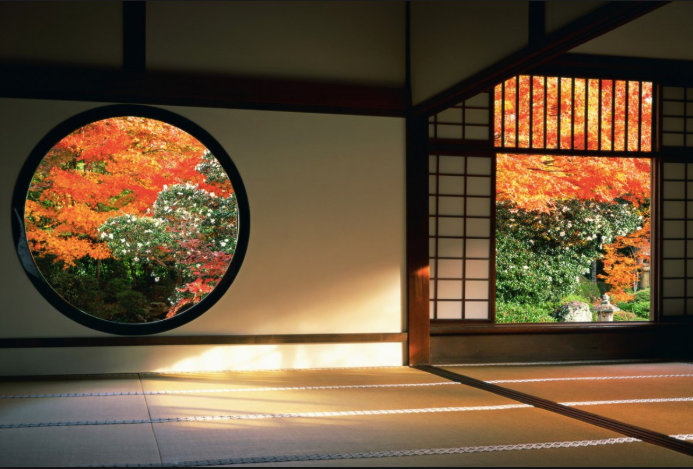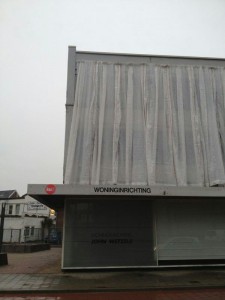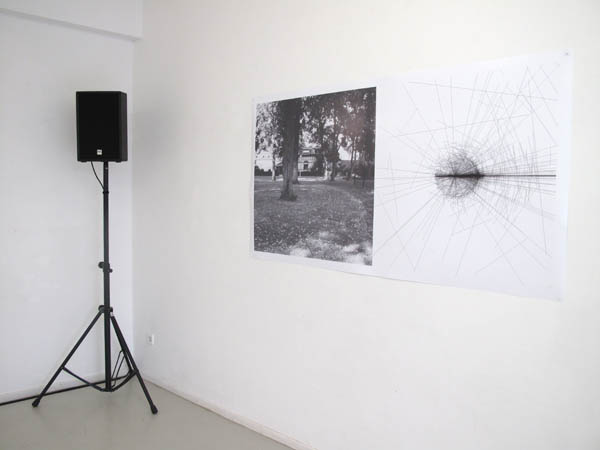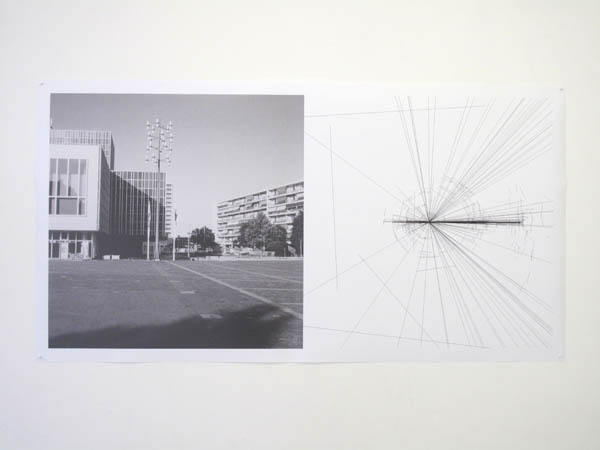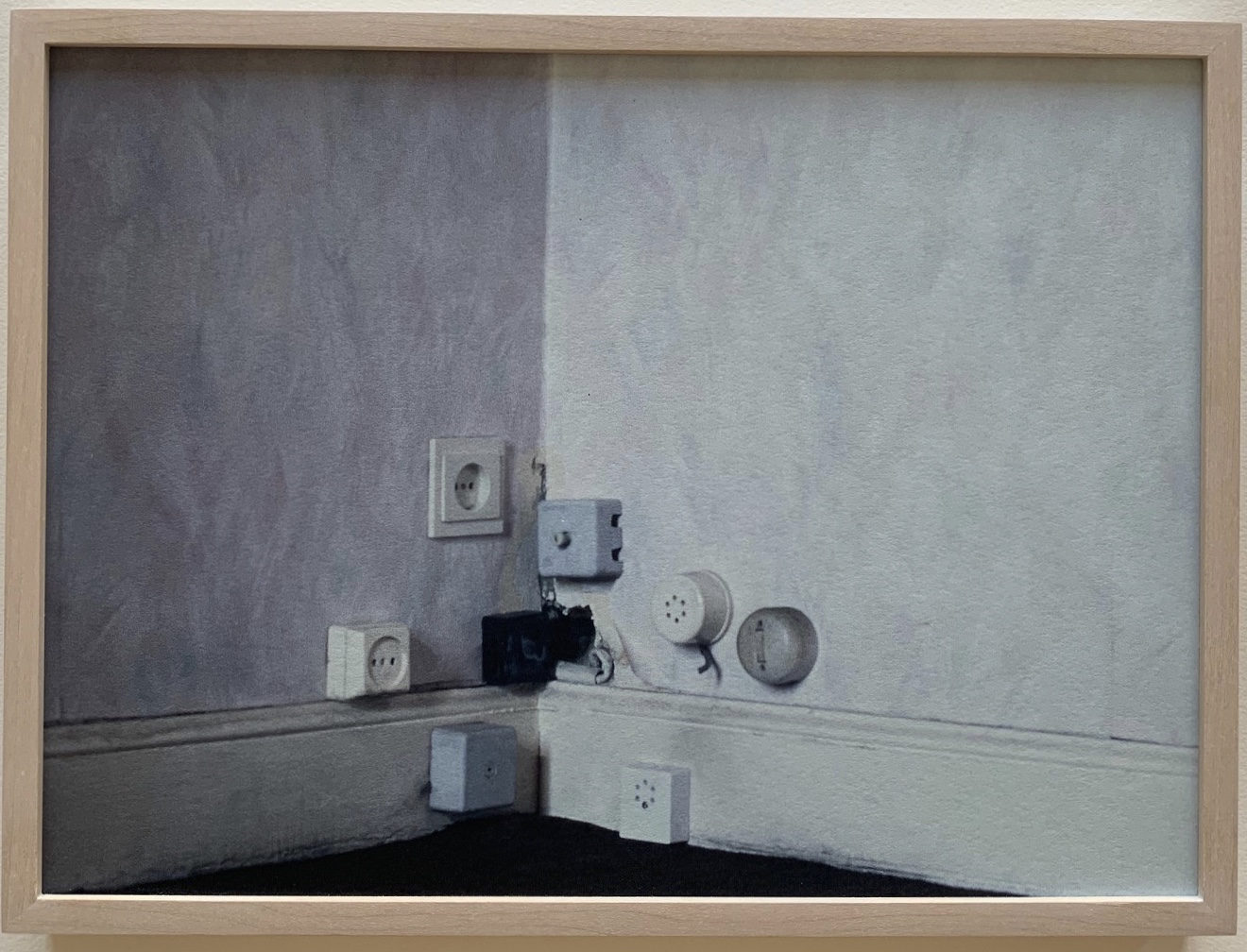Enzo Mari Biography projects and works | Italian design at Casati Gallery
Life and works from Italian artist, designer and design theorist Enzo Mari. Italian design at Casati Gallery
Source: Enzo Mari Biography projects and works | Italian design at Casati Gallery
MA — The Japanese Concept of Space and Time | by Kiyoshi Matsumoto | Medium
The Japanese concept of Ma is something that relates to all aspects of life. It has been described as a pause in time, an interval or emptiness in space. Ma is the fundamental time and space from which life needs to grow. Space for the Japanese psyche directly impacts the individual’s progress. These principles are universal, when applied effectively they enhance the way one thinks and how one engages with one’s surroundings. Japanese can visually identify with the meaning of Ma from its kanji symbol. Ma combines door 門 and sun 日. Together these two characters depict a door through the crevice of which the sunlight peeps in 間.
Source: MA — The Japanese Concept of Space and Time | by Kiyoshi Matsumoto | Medium
Walter Benjamin: Piet Mondrian 63–69 on Vimeo
Paradigma: Marcuse en de eendimensionale mens – De Balie TV
“Grote Wapperende Witte Gordijnen” van Sannah BelzerHeerlen van de Kaart, 2012 | De Afgrond
“Grote Wapperende Witte Gordijnen” van Sannah Belzer
Shotgun Architecture by Justin Bennett. Solo show at Kunstcentrum Signe in Heerlen. September 2012.
Shotgun Architecture. Solo show at Kunstcentrum Signe in Heerlen. September 2012.
multi-channel sound installation with prints created by pistol shots fired in public spaces.
Justin Bennett Artist
Source: justin bennett
PEACEKEEPER on Vimeo
This is “PEACEKEEPER” by . on Vimeo, the home for high quality videos and the people who love them.
Source: PEACEKEEPER on Vimeo
‘The Clock‘, Christian Marclay, 2010 | Tate
The Clock is a video projection constructed out of moments from cinema when time is expressed or when a character interacts with a clock, watch or simply a particular time of day. Following several years of rigorous research and production, Marclay excerpted thousands of these fragments from films and edited them so that they flow in real time. The Clock premiered at White Cube, Mason’s Yard, London in October 2010. The video lasts 24 hours and functions as a working timepiece in itself, synchronised to the local time zone. While The Clock examines how time, plot and duration are depicted in cinema, the viewer can also look at the work at any moment and use it to tell the time. Yet the audience watching The Clock experiences a vast range of narratives, settings and moods within the space of a few minutes, making time unravel in countless directions at once. Even while The Clock tells the time, it ruptures any sense of chronological coherence. Drawing on strategies of avant-garde film and music, but using recognisable motifs from popular culture, Marclay at once defamiliarises and heightens the temporal experience of the cinema, transposing it into the direct, lived experience of any viewer who engages with the work.
‘The Clock‘, Christian Marclay, 2010
Sarah Westphal – Outlets
In haar werk onderzoekt Sarah Westphal (1981, woont en werkt in Gent, België en Wermelskirchen, Duitsland) de relatie tussen personen, voorwerpen en hun omgeving. Centraal staat de vraag naar hoe eigenschappen van ruimte en architectuur bijdragen tot onze menselijke belevenis. Hoe worden we fysiek en psychisch beïnvloed door een locatie? Hoe nemen we de wereld rondom…
Source: Sarah Westphal – Outlets/Palimpsest (editie met boek) – Hausmannart



